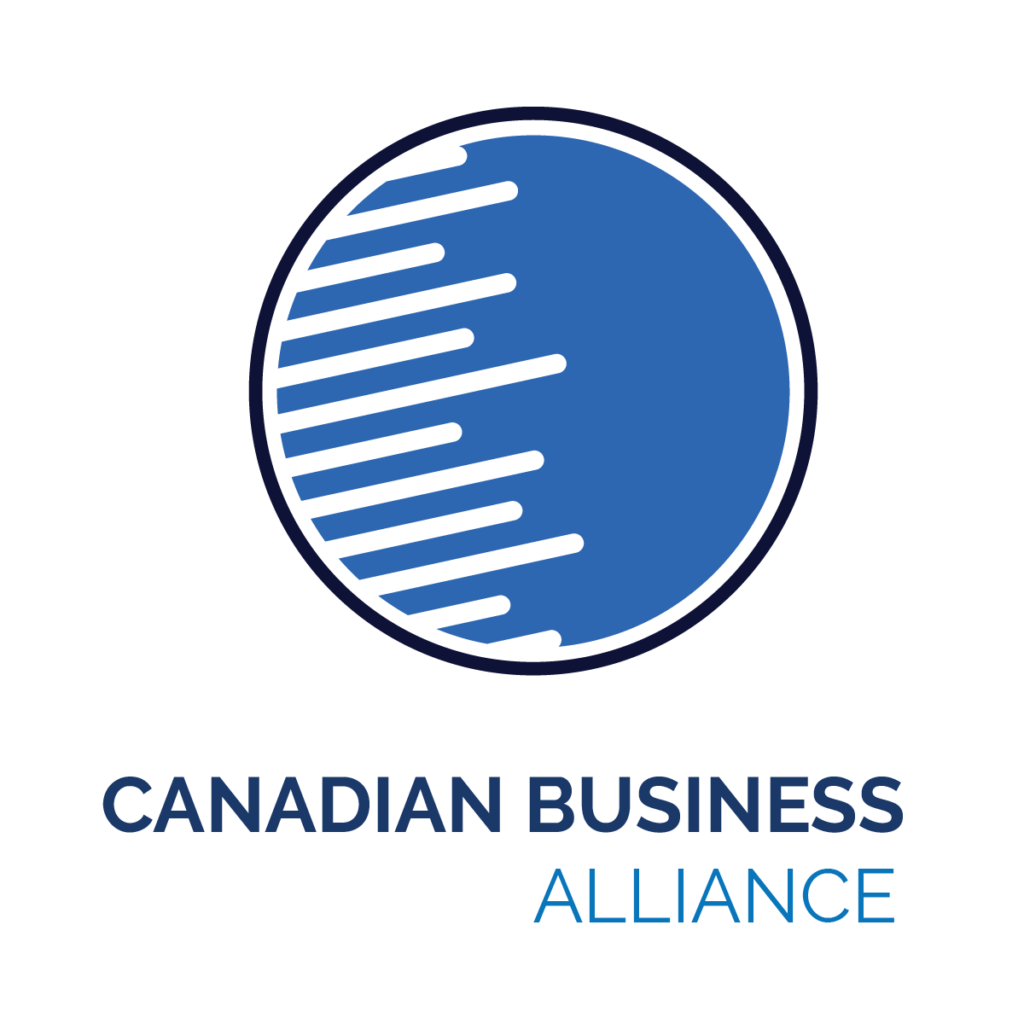Understanding accounting and bookkeeping can be the key to unlocking financial stability and growth. Without a solid grasp of these elements, even the most innovative business ideas can struggle to stay afloat.
In this post, we’ll explore the essentials of accounting and bookkeeping. We’ll break down complex topics and provide practical tips that you can implement immediately to ensure your business thrives.
Understanding Accounting and Bookkeeping
What is Accounting?
Definition and Basic Principles
Accounting is the systematic process of recording, summarizing, and analyzing financial transactions. It tracks the financial health of your business by maintaining accurate records of income, expenses, assets, and liabilities.
Importance in Tracking Financial Health
Proper accounting helps you understand where your money goes and allows for sound decision-making. It can reveal whether your business is profitable and identify areas for cost reduction.
What is Bookkeeping?
Definition and Basic Principles
Bookkeeping involves recording daily financial transactions. It’s the foundational step of accounting that ensures all financial data is accurate, up-to-date, and comprehensive.
Role in Maintaining Accurate Records
Good bookkeeping practices help maintain accurate records that support more complex accounting tasks. They ensure you have reliable data for tax filings, financial planning, and compliance with legal standards.
Key Components of Accounting and Bookkeeping
Financial Statements
Balance Sheet, Income Statement, and Cash Flow Statement
Financial statements are critical for understanding your business’s financial status. The balance sheet shows your assets, liabilities, and equity. The income statement outlines revenue and expenses, showing profit or loss. The cash flow statement tracks how cash enters and leaves your business.
Importance and How to Read Them
Reading financial statements helps you make informed decisions. For instance, a negative cash flow statement might indicate issues in how quickly you’re collecting payments or paying suppliers.
Chart of Accounts
Explanation and Purpose
A chart of accounts is a list of all accounts used in your business’s financial transactions. It’s organized into categories like assets, liabilities, equity, income, and expenses.
Examples of Common Accounts Used by Canadian Businesses
Typical accounts might include “Bank Accounts” under assets, “Accounts Payable” under liabilities, and “Sales Revenue” under income.
Journals and Ledgers
Daily Record-Keeping Tips
Journals are where you record transactions as they happen. Ledgers group those transactions into accounts.
Difference Between Journals and Ledgers
While journals provide a chronological record of transactions, ledgers organize those transactions into specific accounts, making it easier to see totals and balances.
Accounting Methods
Cash vs. Accrual Accounting
Definitions and Differences
Cash accounting records transactions when money changes hands. Accrual accounting records transactions when they’re earned or incurred, regardless of when the money is received or paid.
Pros and Cons of Each Method
Cash accounting is simpler and provides a clear picture of your cash flow. Accrual accounting, while more complex, offers a more accurate picture of long-term financial health.
Taxation in Canada
Understanding Canadian Taxes
Overview of Federal and Provincial Taxes
Canadian businesses must comply with both federal and provincial tax regulations, including income tax, corporate tax, and sales tax.
Common Tax Forms for Businesses
Forms like the T2 Corporation Income Tax Return and GST/HST returns are essential for compliance and accurate reporting.
GST/HST
What It Is and How to Collect/Remit It
Goods and Services Tax (GST) and Harmonized Sales Tax (HST) are key components of Canadian tax law. Businesses collect these taxes from customers and remit them to the government.
Filing Requirements
Accurate records and timely filings are crucial. Late submissions can result in penalties and interest charges.
Payroll Taxes
Employer Responsibilities
Employers must deduct income tax, Canada Pension Plan (CPP) contributions, and Employment Insurance (EI) premiums from employees’ wages.
Deductions and Remittances
These amounts are remitted to the Canada Revenue Agency (CRA) regularly, ensuring compliance with tax laws.
Tools and Software
Choosing the Right Software
Popular Accounting Software for Canadian Businesses
Software options like QuickBooks, Sage 50, and Xero offer robust features tailored to Canadian tax laws and business needs.
Features to Look For
Look for features like automated invoicing, expense tracking, payroll management, and tax preparation tools.
Benefits of Using Accounting Software
Automation and Accuracy
Accounting software automates repetitive tasks, reducing the risk of human error and ensuring accuracy.
Time-Saving Advantages
Automated processes free up time, allowing you to focus on growing your business rather than getting bogged down in administrative tasks.
Hiring Professional Help
When to Hire an Accountant or Bookkeeper
Signs Your Business Needs Professional Help
If your financial records are becoming too complex or you’re spending too much time on bookkeeping, it might be time to hire a professional.
Benefits of Outsourcing
Outsourcing ensures expertise and allows you to focus on core business activities, potentially leading to better financial decisions.
What to Look for in a Professional
Qualifications and Certifications
Look for professionals with relevant qualifications, such as Chartered Professional Accountant (CPA) or Certified Bookkeeper (CB).
Questions to Ask When Hiring
Ask about their experience with businesses similar to yours, services offered, and their familiarity with Canadian tax laws.
Best Practices
Regular Financial Reviews
Importance of Monthly or Quarterly Reviews
Regular reviews help catch errors early and provide insights into financial trends and potential issues.
How to Conduct a Review
Review your financial statements, compare them with previous periods, and look for discrepancies or areas of concern.
Staying Organized
Tips for Maintaining Organized Records
Keep all receipts, invoices, and financial documents organized. Digital tools can help with this.
Digital vs. Paper Records
Digital records are easier to organize and search through. Consider scanning paper documents and storing them electronically.
Compliance and Legal Requirements
Common Regulations for Canadian Businesses
Stay informed about federal and provincial regulations that affect your business, such as employment standards and consumer protection laws.
Penalties for Non-Compliance
Non-compliance can result in fines, legal action, and damage to your business’s reputation. Regularly review and update your compliance practices.
Good accounting and bookkeeping practices are essential for any small business, entrepreneur, or startup aiming for success. They provide clarity, ensure compliance, and support strategic decision-making.
Taking the steps to implement these practices will lead to financial stability and growth for your business. Ready to take your business to the next level? Start by reviewing your current practices and making improvements where necessary. And remember, professional help is always available to guide you on this important journey.


